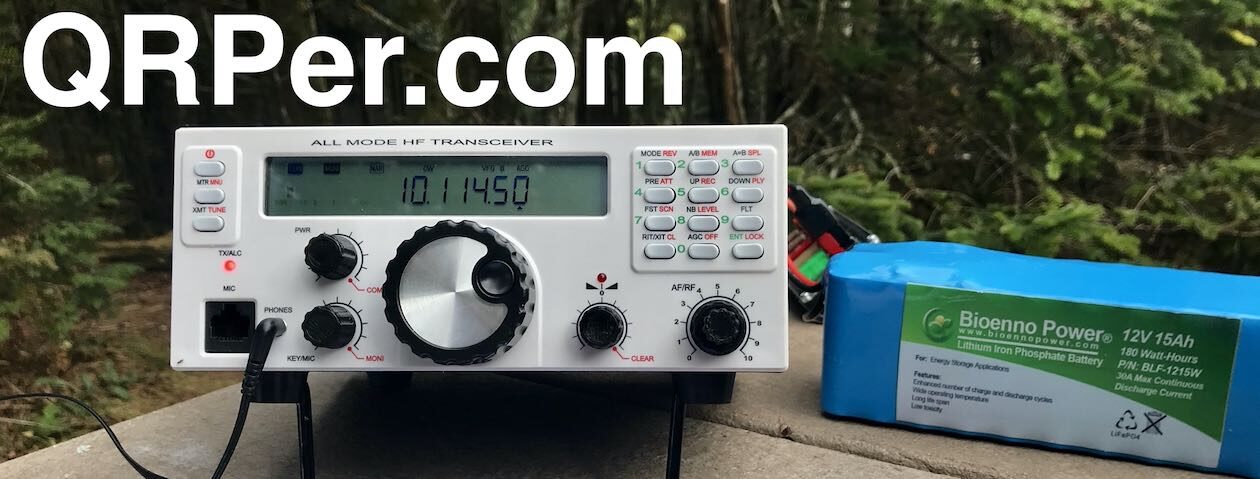 There are days when I leave the QTH and have no idea if I have enough time to fit in a park or summit activation. Because of this, I always keep a radio field kit in the car.
There are days when I leave the QTH and have no idea if I have enough time to fit in a park or summit activation. Because of this, I always keep a radio field kit in the car.
On Monday, January 31, 2022 I had an appointment-packed day ahead of me, but I was hopeful I might be able to squeeze in a quick activation of some sort.
Specifically, I had a new-to-me super easy, drive-up SOTA site in mind: Peach Knob (W4C/CM-097). In fact, it’s a bit odd that I hadn’t activated this site before. It must be the most accessible summit (to me) in the area.
After a 2:00 appointment in downtown Asheville, I drove 15 minutes to the summit of Peach Knob where I discovered 1.) there was almost no space to park and 2.) what little space there was was taken up with crews working on a cluster of communications towers. In situations like this, the last thing I want to do is get in the way; that sort of activator persistence could lead to “no trespassing” signs in the future.
The site also reminded me that what I love about SOTA is the hike to the summit. Sites like this one are wedged between private property and city property–I just feel like I’m in the way, arousing neighborhood suspicions, and just doing the activation for the points. I’m not a points guy (though I’ll do a happy dance when I accumulate 1000 for ‘Mountain Goat’ status sometime within a decade at this rate).
Moving forward, I think I’ll skip drive up sites like this one; at least for HF activations.
At this point, I pretty much abandoned the idea of a field activation as I’d taken up the wee bit of free time in my schedule just checking out Peach Knob.
Next, I popped by Vlado’s (N3CZ) QTH to drop off some parts so he could finish the repair of my Elecraft KX1. While chatting with him, I received a message from our grocery store noting that our 4:00 curbside pickup would be delayed. This opened up a one hour window where I could perform an activation! Woo hoo! Continue reading A quick roadside activation with the Elecraft KX2 and CHA MPAS Lite


























